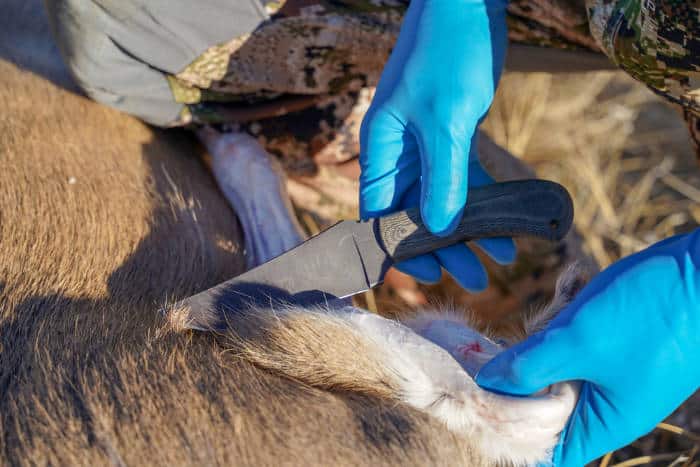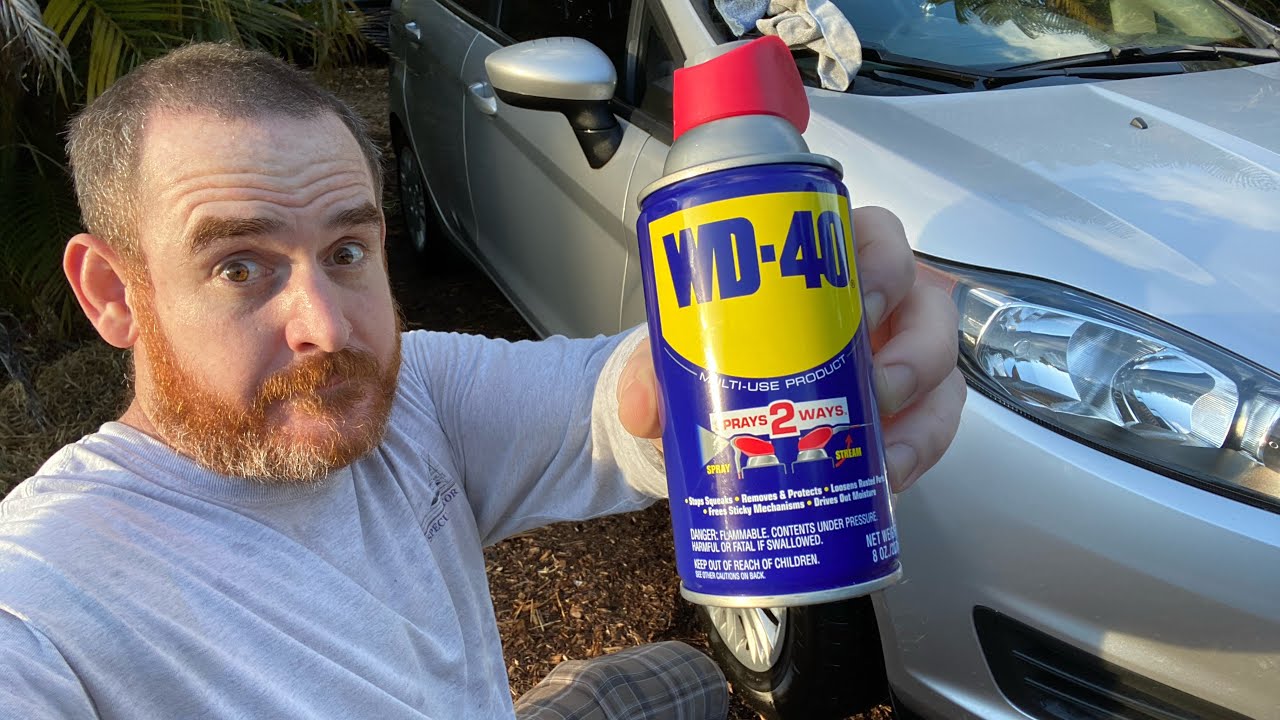Removing spray paint from plastic may seem daunting, but with the right knowledge and a few easy steps, it’s a manageable task.
Whether it’s accidental overspray or a DIY project gone awry, we’ve got you covered.
In this comprehensive guide, we will walk you through the process of safely and effectively getting spray paint off plastic surfaces.
With these easy steps, you’ll have your plastic items looking pristine in no time.
Table of contents
Read Also: How to Draw a Fairy Easy | Simple Guidelines to Initiate
How to Get Spray Paint Off Plastic (Easy Steps)
Spray paint accidents happen, but you don’t have to live with them.
Here’s a detailed guide on how to remove spray paint from plastic surfaces without causing damage.
Evaluate the Plastic
Before diving into the removal process, it’s essential to identify the type of plastic you’re dealing with.
Not all plastics are the same, and some may react differently to removal methods.
Check for any labels or markings on the plastic that indicate its type.
Gather Your Supplies
To tackle this task, you’ll need some common household items. Prepare the following:
- Rubbing Alcohol: Effective in breaking down paint.
- Cotton Balls or Swabs: For precise application.
- Plastic Scraper: To gently remove the softened paint.
- Soap and Water: For cleaning the surface after paint removal.
- Safety Gear: Gloves and eye protection, especially if you’re working with chemicals.
Test a Small Area
To ensure the chosen method won’t harm the plastic, test it on a small, inconspicuous area first.
Apply a small amount of rubbing alcohol or the chosen solution and wait a few minutes. If there’s no damage, you’re good to proceed.
Apply Rubbing Alcohol
Soak a cotton ball or swab in rubbing alcohol and gently rub it on the painted area.
The alcohol will soften the paint, making it easier to remove.
Avoid using excessive force to prevent scratching the plastic.
Read ALSO: How to Draw a Pumpkin: Artistic Tips for Autumn Illustrations
Scrape Off the Paint
Use a plastic scraper to gently lift the softened paint from the surface.
Be cautious not to scratch the plastic during this process. It may take some patience, but persistence pays off.
Clean the Plastic
After removing the paint, clean the plastic with warm, soapy water to remove any remaining residue and chemicals. Dry it thoroughly.
Repeat if Necessary
For stubborn paint, you may need to repeat the process. Remember, patience is key to avoiding damaging the plastic.
Finish with a Plastic Polish
To restore the plastic’s shine, consider using a plastic polish or a specialized product.
This step is optional but can make your plastic items look as good as new.
Read ALSO: How to Change Apple Watch Band: Personalizing Your Device
Frequently Asked Questions
Acetone can be used, but be cautious, as it’s harsher and may cause damage to some plastics. Test it in a small area first.
The process is the same, but exercise caution to avoid harming the car’s paint job. Test on an inconspicuous area first.
You can still try the rubbing alcohol method, but you might need to repeat it multiple times for older, dried paint.
For delicate plastics, consider using a soft cloth or sponge to avoid scratches.
In some cases, the plastic may be discolored. You can try using a plastic restorer or a magic eraser to improve the appearance.
Yes, you can use painter’s tape and drop cloths to protect plastic surfaces during spray painting projects.
Conclusion
Accidents happen, but they don’t have to be permanent.
With these easy steps, you can effectively remove spray paint from plastic surfaces without causing any damage.
Remember to take it slow, test your chosen method, and prioritize safety by using protective gear. Your plastic items will look as good as new in no time.






